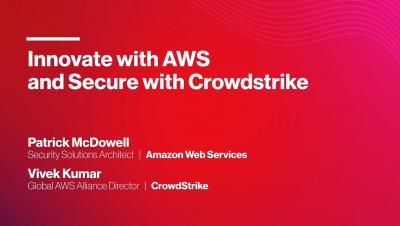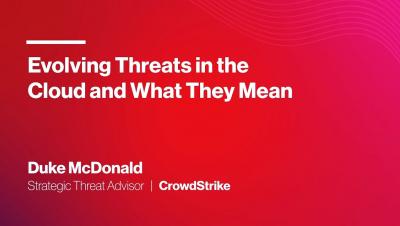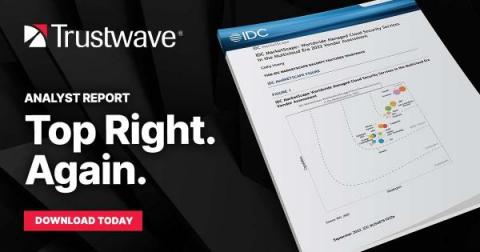The Middle East's Getting a Little Cloudy: My Thoughts from Gitex 2022
Having lived and worked in Dubai early in my career, I have a great affinity with the Middle East. So when the opportunity to present at Gitex, the region’s premier technology event, and support our local Lookout team, I jumped at it. You might not think of the Middle East as being at the forefront of technological innovation, but if you stroll around Gitex, you’ll find everything from flying cars, robotics, and environment controls to IT and security.











